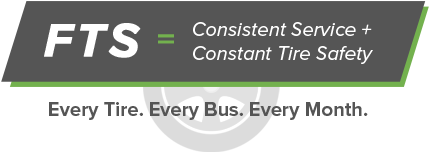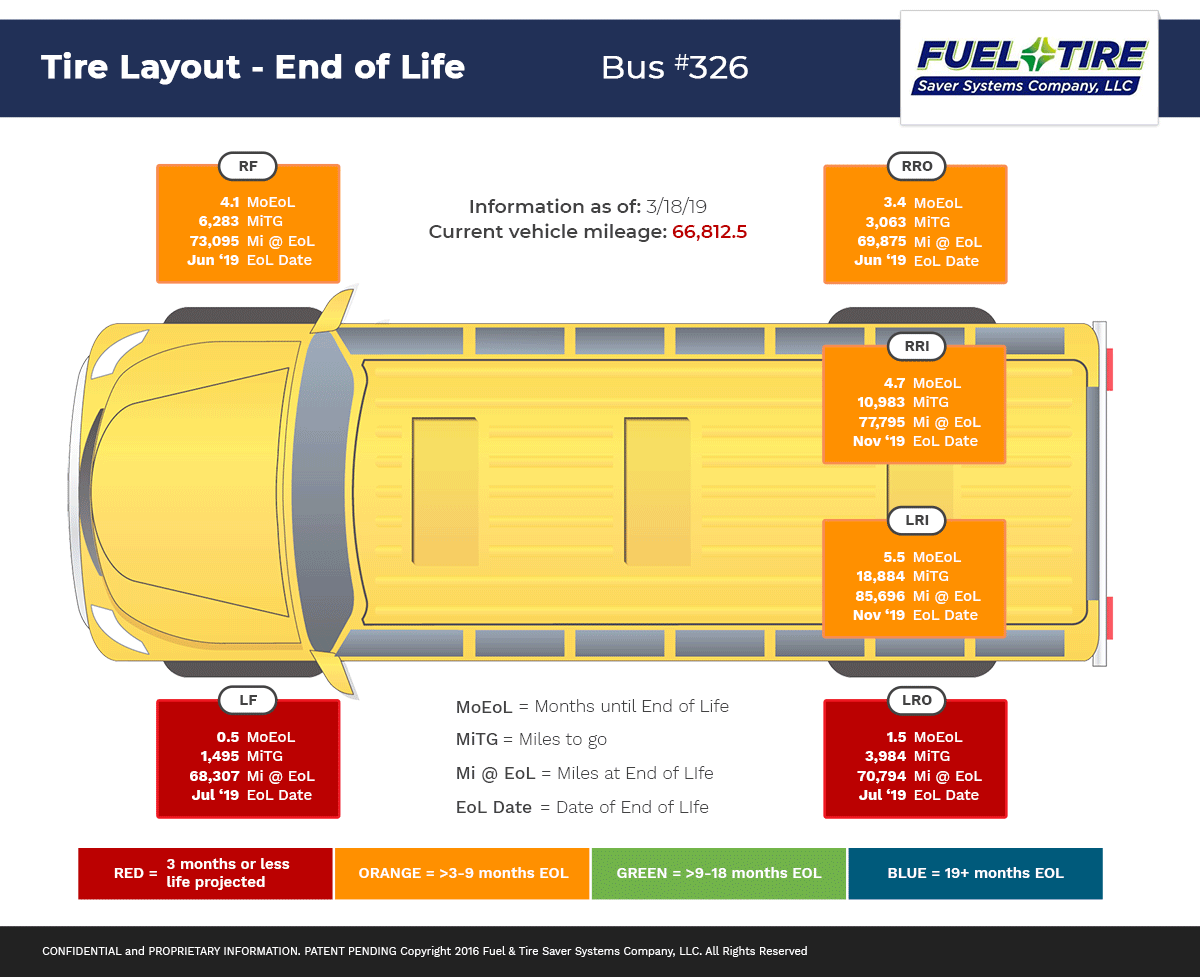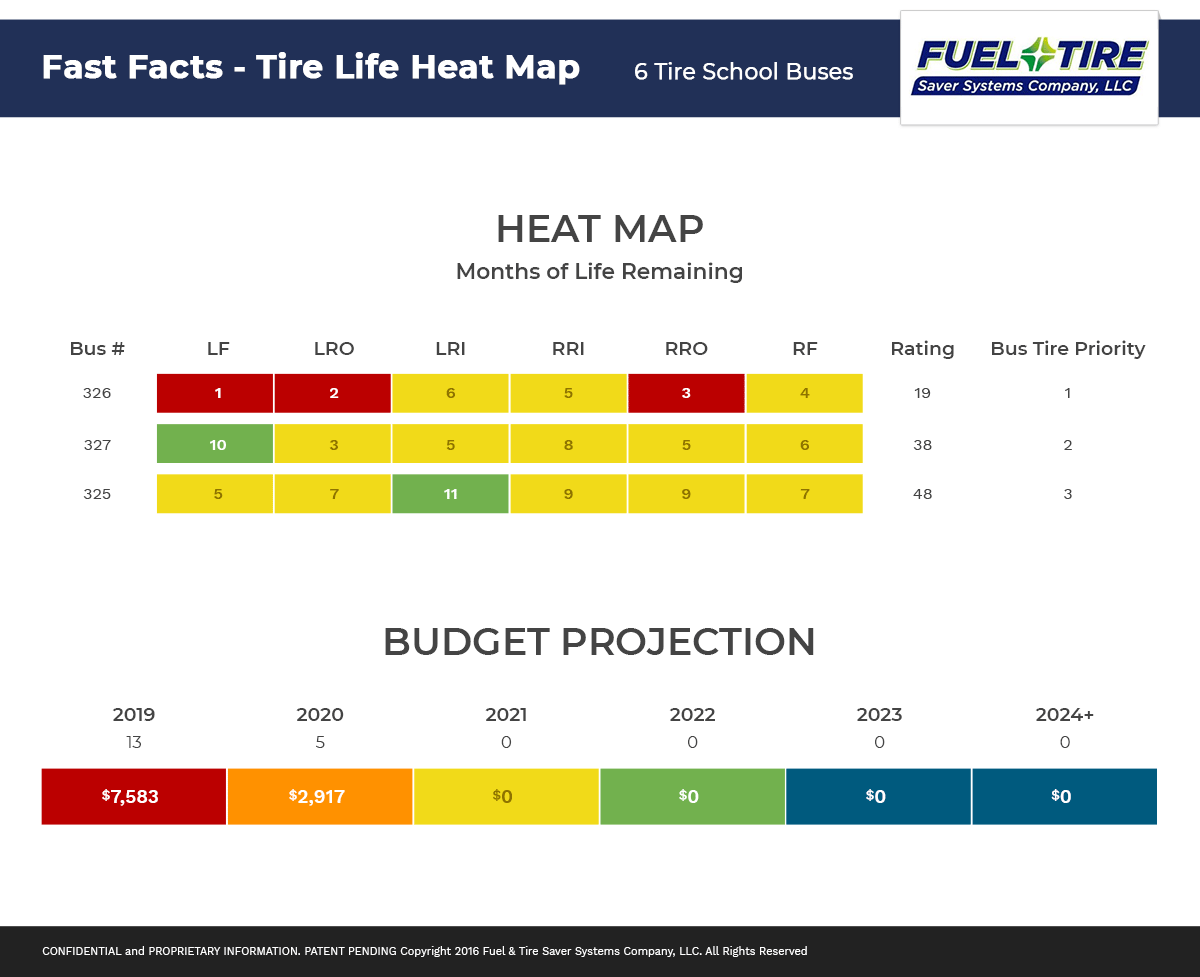Save MoneySave TimeImprove Safety
Reduce Fleet Expenses Without Additional Cost
How Much Can We Save You?
Schedule a fleet analysis
How Much Does it Cost to Keep Your Fleet Running Safely and Efficiently?
Fuel, labor, maintenance, equipment, down time…
A lot weighs into the expense of managing a fleet on a budget. The pressure constantly being asked to reduce costs but having no where to cut can be overwhelming.
What if we started with just your tires? What difference would it make?
The savings associated with FTS managed tire pressure services is an impressive 125%. We come to you, on site, to perform monthly nitrogen tire filling, maintenance, data collection and analysis. And the difference it makes is huge.

The Truth Is In the Numbers.
FTS mobile nitrogen tire inflation services can change your bottom line and improve operations significantly.
6,000 MinutesAn 80 hour week + 20 hours overtime — that’s how much time is required to maintain the tires of a fleet of 100 buses.
300% SaferUnderinflated tires are 3x more likely to be involved in an accident, according to NHTSA.
125% SavingsTires that are properly inflated pay for themselves in reduced wear, improved gas mileage and reduced personnel hours.
40 Gallons +In a FTS bus study, we discovered we can save one bus 47 gallons in fuel economy.
Top Line Tire Maintenance Improves the Bottom Line
Your team has a lot to do and not enough time to do it. Manufacturer and industry recommended levels of maintenance are often replaced by simplified inspection and care. FTS takes care of the specifics so your team can focus their attention on major mechanical issues. There is a clear difference in the FTS details.
NOT Properly Performing Monthly Tire Maintenance
-

Poor gas mileage
-

Faster tire wear
-

Increased man hours for tire replacements
-

Potential FMC violation
-

Increased insurance costs
-

Flag in SAFER database
-

Safety risk
Nitrogen Inflation + Properly Performing Monthly Tire Maintenance
-

Improved gas mileage
-

Reduced tire wear
-

Eliminate man hours for tire inspection & maintenance
-

Reduced liability & insurance costs
-

Improved budgeting
-

Improved confidence in fleet
-

Quality maintenance records
-

Greatly reduced safety risk
Find Out How Your Fleet Can Save Time & Money Right Now
Too often, FTS arrives on site to find buses regularly operating at over 35% underinflation, risking lives and wasting money on tire expenses, man hours and gas mileage. It all adds up.
Let FTS provide you with an on site Fleet Analysis to see how your fleet performs and learn more about how FTS on site service can improve your fleet’s safety and efficiency.
SCHEDULE YOUR FLEET TIRE SAVINGS ANALYSISPredictive Fleet Maintenance with Consistent, Quality Data
Our proprietary mobile nitrogen tire inflation service vehicles provide you with consistent data and reporting to accurately and efficiently refine budgeting.
Get Your Own Fleet Tire Efficiency Analysis today

Vehicle Tire Life Map
Shows the on-vehicle tire inventory and expected tire replacement date. Eliminates premature replacement costs and promotes predictive replacement scheduling.

Tire Life Heat Map
Shows tire life by vehicle, by tire position, for the entire fleet. Allows maintenance team to focus on near-team problem areas with confidence that the rest of the fleet is in good shape.

FTS MPG Improvement Chart
Through our proprietary tire management solution, we also track MPG improvement from our service, which provides a window into efficient bus operations.

